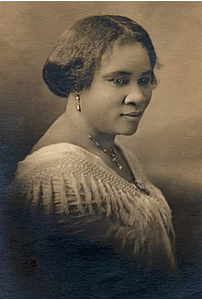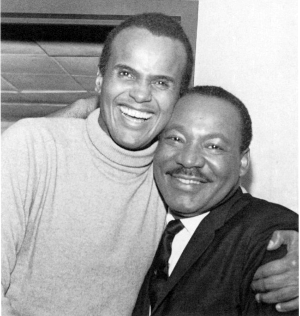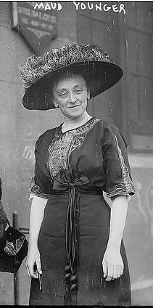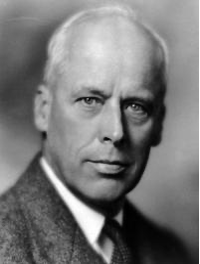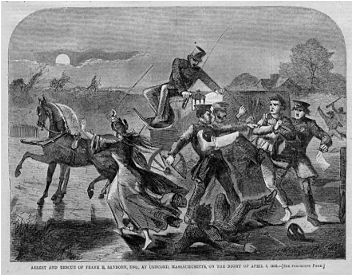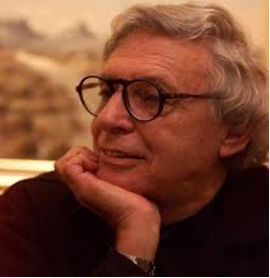Challenging Mr Burns! 11 Rich People Role Models Throughout History
This is one of my favorite Resource Generation Blog posts, with significant parts of the information coming from this article “Traitors to their Class” by Peter Dreier and Chuck Collins. Wealthy people need role models and inspiring stories of people like them who acted against injustice. I’ve always loved learning the history of people with material privilege deciding to side with the poor and working class majority, and against oppression. There are so many names missing from this list. Millions. Including notables like Moses, Buddha, Jane Fonda, Leopold Senghor, Freiderich Engels, Che Guevara and more. This piece is just scratching the surface of the stories that could be shared and it’s a helpful start. Thank you Jenna!
By Jenna Spagnolo. Originally posted on the Resource Generation Blog. February 6th, 2014
The stereotypes of the very wealthy fluctuate wildly between evil Mr. Burns types and revered Capitalist-Heroes, with little in between.
This isn’t helpful.
Where are the wealthy role models? Where are the people who have used their resources to work for justice, equality, and collaborative social change, sometimes while risking life and limb?
We should know about these people. There are plenty who joined coalitions, worked in solidarity with poor and working class people, and funded the social movements of our time. By highlighting those who worked in groups, I wanted to counter the myth that individual achievement and heroism is most needed for social change; the following people succeeded because of the communities and causes they were part of.
Here, for your reading pleasure, is a list of 11 inspiring individuals and groups with wealth.
1. Madame C.J. Walker (1867–1919) was not only a pioneering black businesswoman, she was also a community organizer, inspirational speaker, mentor and philanthropist. This daughter of former slaves became the first female African American millionaire. She developed and sold hair products for black women, with a goal of fostering self esteem. In 1908, she created a college to provide job-training for women who wanted to work in her company, and helped other black women start their own businesses. In Harlem, she organized for social justice. Not only that, but she donated unprecedented amounts to the NAACP, the Tuskegee Institute, and other causes against lynching and racial injustice.
2. Harry Belafonte (1927-present) is more than a famous actor and musician- he is an incendiary rabble-rouser and change-maker. During the Civil Rights Era, he walked with Martin Luther King and invested heavily in the movement, especially in the Southern Christian Leadership Conference and the Student Nonviolent Coordinating Council. A man of outspoken convictions, he has also campaigned against poverty, apartheid in South Africa, and U.S. militarism in Iraq.
3. The college-educated women of the Settlement House Movement worked to alleviate growing industrial poverty and provided an organizing space for other social movements. The Settler House Movement began in 1884 when college-educated London reformers opened Toynbee Hall to provide social services and education to poor workers. This idea spread across the UK and to America, where settlement houses provided daycare, public kitchens, public baths, and homeless shelters. They were centers for political activism, where reformers like Jane Addams, Florence Kelley and Maud Younger (below) got started.
4. Maud Younger (1870–1936) was a socialite and crusader for suffrage and labor rights. She worked for five years as a waitress to learn about working class life, when people jokingly ribbed her as the “millionaire waitress.” She helped organize San Francisco’s first waitress union. She also mobilized support for California’s eight-hour-day law. She founded the Wage Earners’ Equal Suffrage League for Working Women and organized for the amendment to the California constitution that granted women the right to vote. She gave her fortune to the National Woman’s Party to extend voting rights.
5. Corliss Lamont (1902–1995) was called a “traitor to his class.” He was a Harvard graduate born of Wall Street wealth, who championed the causes of poor people his whole life. In 1929, while teaching philosophy at Columbia University, he worked as a ally to the nineteen female janitors who were fired from Harvard University because they complained that they weren’t getting paid the 37 cent/hour minimum wage. Lamont led a publicity campaign to shame his alma mater and raised the money, mostly from alums, to pay the women their due. He also worked tirelessly for civil liberties and acted as director to the ACLU from 1932–1954. He successfully sued the US government twice to uphold citizen’s privacy rights.
6. The Grimké Sisters (1792–1873 and 1805–1879) grew up on a plantation in South Carolina, attended by slaves. Angelina and Sarah could have lived their lives as Southern aristocrats. Instead, they made history as vocal proponents for abolition, racial equality, and women’s liberation. They crusaded not only to free enslaved peoples, but also to end racial discrimination across the United States, which made them much more radical than the majority of reformers, who did not envision true equality for all people. These sisters were also among the first abolitionists to advocate for women’s rights and were the first women to testify before a state legislature for African American rights.
7. President Jose Mujica of Uruguay lives his principles. As a politician who doesn’t support Western-style development and consumerism, he lives in his wife’s farmhouse and donates about 90% of his monthly salary, (around $12,000) to charity. He has criticized world leaders as having a “blind obsession to achieve growth with consumption, as if the contrary would mean the end of the world.” With his donations to poor people and small businesses, his salary is close to the average Uruguayan’s.
8. The Secret Six were wealthy abolitionists who funded William Lloyd Garrison’s abolitionist newspaper The Liberator, helped elect Charles Sumner to Congress, and supported Frederick Douglass. They also paid for John Brown’s raid on Harper’s Ferry and other abolitionist activity.
9. Progressive foundations have been powerful resources for social change for decades. Foundations that work in solidarity with activists are now, delightfully, numerous. This overview from Bolder Giving places this giving within a larger historical context.
10. Arthur Goldreich (1929–2011) was a member of the Anglo-Jewish elite in South Africa who agitated against the apartheid. He used his socialite persona to hide the fact that he was traveling the world, raising money for the ANC, and hosting the space for the ANC’s militia wing to plan their campaign against the state. This space was at a farm called Liliesleaf, where Nelson Mandela lived while disguised as a gardener.
11. Tracy Hewat’s family history includes the Mayflower, the founding of Cal Tech, and lumber, gold, and ore. She co-founded Resource Generation, with many others, to support other young wealthy people on their path for social change.
As Monty Burns would say, “Excellent.” And this is just scratching the surface!
There are so many missing stories that could be added to this list! Any suggestions? Who would you add? What rich people role models do you want others to know about?




